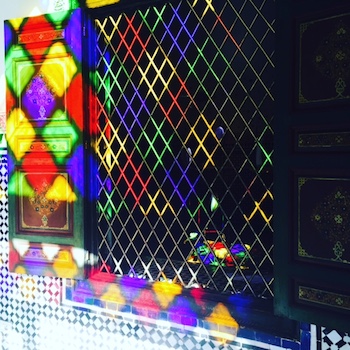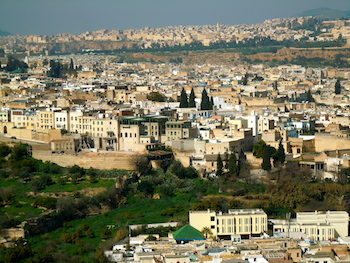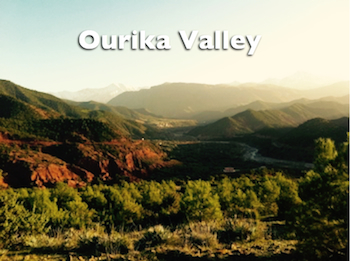Posts Tagged ‘Days Tours Morocco’
Must See, Top Rated Places and Palace in Marrakech offers the perfect Insiders Guide to travelers who are visiting Morocco on a Private Tour. Don’t miss out on some of Marrakech’s Best places that range for Palaces to ancient Mosques. Known for it’s magnificent palaces and old world decor designed…
The city of Fes, Morocco is a historic landmark and must see for those interested in Moroccan Jewish Heritage. On a guided Jewish Heritage Tour of Fes the magnetic culture of Moroccan Jewery will be revealed through the eyes of a local…
The bustling red terracota colored city of Marrakech is dotted with magnificent views of the High Atlas Mountains and surrounded by lush valley’s and a desert-like palmeraie. Marrakech is the perfect city to use as a base for Day Trips. Often referred…




